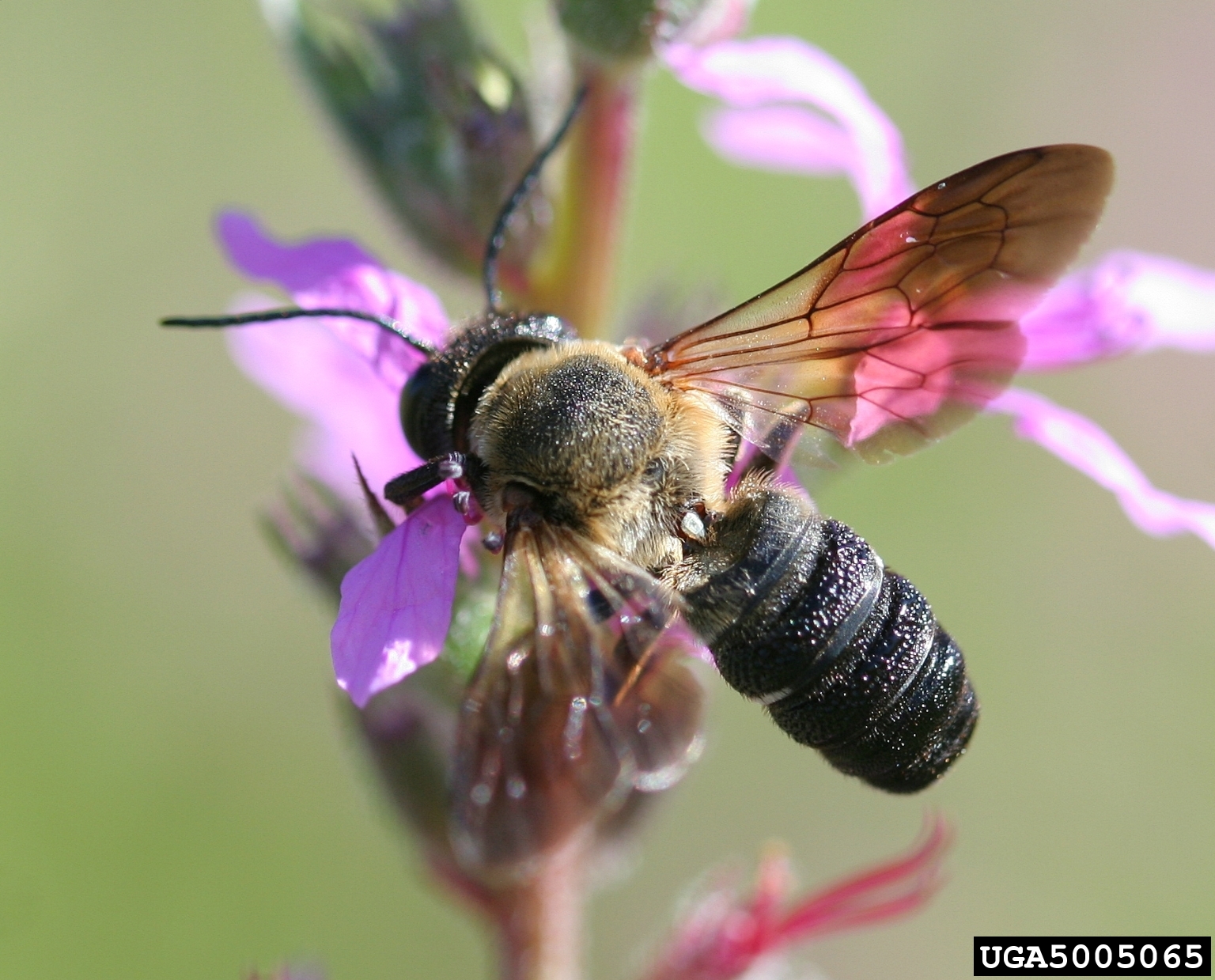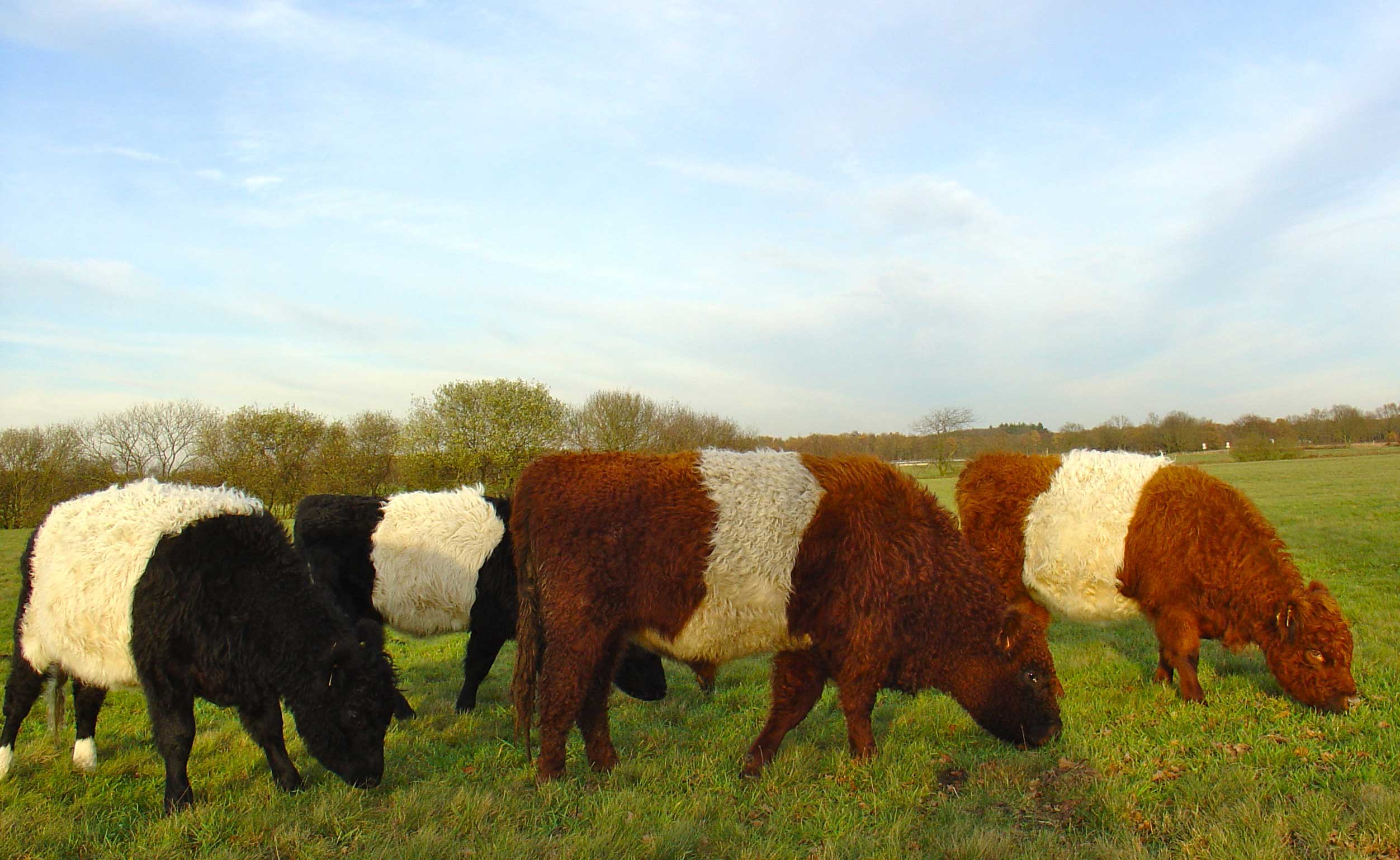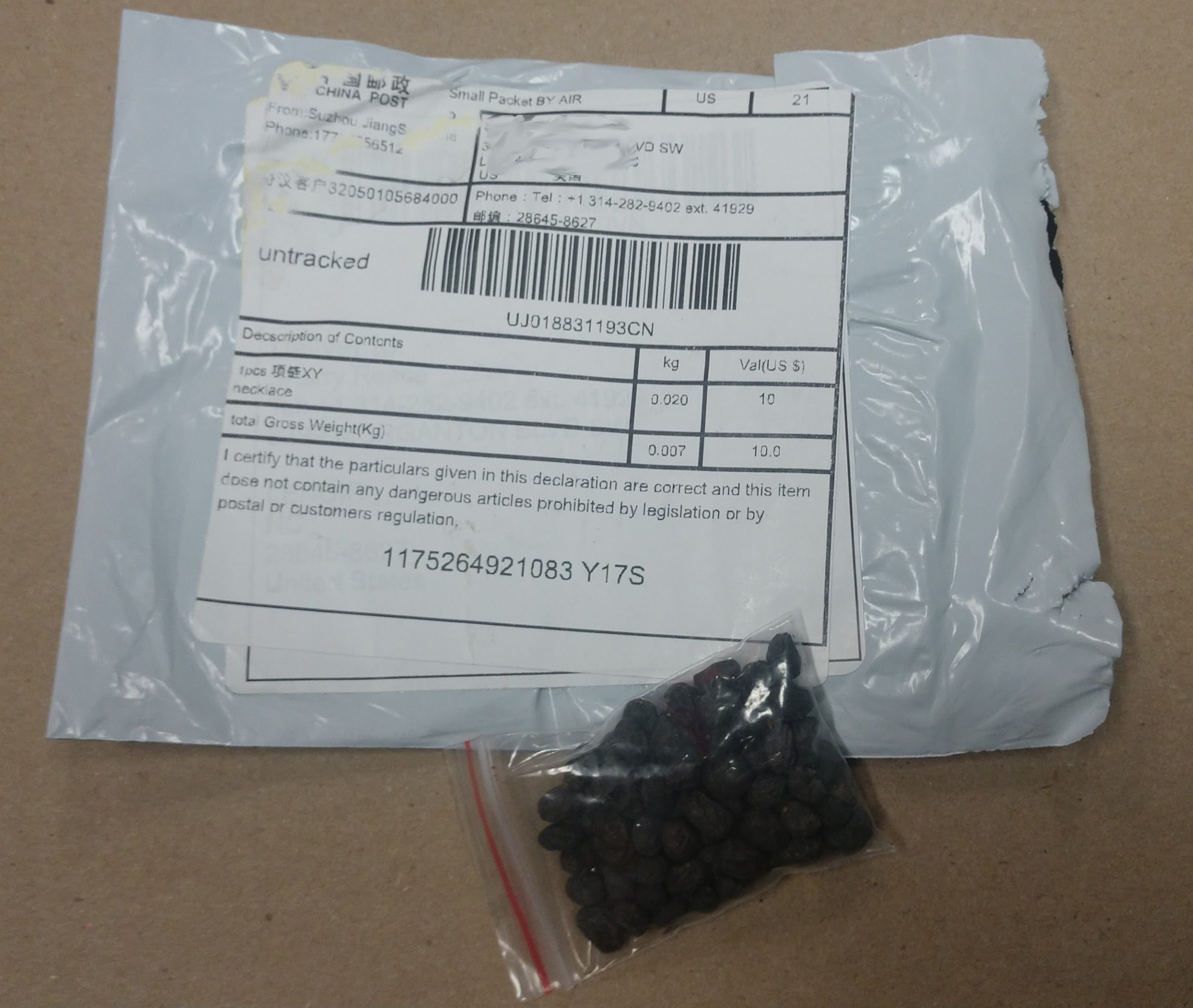Q&A with Seth; Giant Resin Bees, China Seeds, and Belted Galloways
go.ncsu.edu/readext?719150
en Español / em Português
El inglés es el idioma de control de esta página. En la medida en que haya algún conflicto entre la traducción al inglés y la traducción, el inglés prevalece.
Al hacer clic en el enlace de traducción se activa un servicio de traducción gratuito para convertir la página al español. Al igual que con cualquier traducción por Internet, la conversión no es sensible al contexto y puede que no traduzca el texto en su significado original. NC State Extension no garantiza la exactitud del texto traducido. Por favor, tenga en cuenta que algunas aplicaciones y/o servicios pueden no funcionar como se espera cuando se traducen.
Português
Inglês é o idioma de controle desta página. Na medida que haja algum conflito entre o texto original em Inglês e a tradução, o Inglês prevalece.
Ao clicar no link de tradução, um serviço gratuito de tradução será ativado para converter a página para o Português. Como em qualquer tradução pela internet, a conversão não é sensivel ao contexto e pode não ocorrer a tradução para o significado orginal. O serviço de Extensão da Carolina do Norte (NC State Extension) não garante a exatidão do texto traduzido. Por favor, observe que algumas funções ou serviços podem não funcionar como esperado após a tradução.
English
English is the controlling language of this page. To the extent there is any conflict between the English text and the translation, English controls.
Clicking on the translation link activates a free translation service to convert the page to Spanish. As with any Internet translation, the conversion is not context-sensitive and may not translate the text to its original meaning. NC State Extension does not guarantee the accuracy of the translated text. Please note that some applications and/or services may not function as expected when translated.
Collapse ▲This week I want to share three questions we received at the N.C. Cooperative Extension, Caldwell County Center. I hope you find these questions and their answers helpful.
Question: What is this large bee?

The giant resin bee is native to eastern Asia and was first identified in the United States in North Carolina in 1994. (Credit David Cappaert, Bugwood.org)
Answer: This is a type of leaf cutter bee called a giant resin bee. Its scientific name is Megachile sculpturalis. These bees are native to eastern Asia. This bee was first identified in the United States in North Carolina in 1994. It is believed to have arrived accidentally via international trade. These bees are now found in most states east of the Mississippi River.
Giant resin bees like to nest in wood just like our native carpenter bees. However, giant resin bees are incapable of boring into wood and making their own nests. These bees use nests of native carpenter bees and have even been observed aggressively evicting carpenter bees from their own nesting sites.
Although the giant resin bees’ size is intimidating, they are largely harmless. The males are unable to sting, and the females, although able to sting, are not aggressive and usually fly away from humans. The overall ecological impact of this non-native bee is considered benign. They are known to pollinate 43 different species of plants in the United States. One very interesting thing about the giant resin bee is it leaves puncture marks on the petals of the flowers it visits. This is one way researchers are able to study what plants the giant resin bee visits.
Question: Where do Belted Galloway cattle come from?
Answer: Galloway cattle can trace their origins to ancient Celtic breeds in the British Isles. These animals are solid-colored, shaggy-coated, and polled (without horns). Precisely when and where the Belted variety of Galloway began is shrouded in some mystery.
The most likely explanation is that some Dutch Belted cattle were imported to the Scotland in the 1700’s and bred with Galloway cattle. This resulted in the unique color pattern. Belted Galloway animals are typically black, but they can be red, with a white band or belt around their middles. Sometimes, these animals are called “Oreo” cows. It’s really a good description. However, those that breed and own Belted Galloways call them “Belties”.

Belted Galloway cattle are easy to recognize with their distinctive coloring. Although they are typically black and white, they are sometimes brown and white in their coloring. (Credit Gouwenaar, Commons.wikimedia.org)
Question: I received seeds from China that I did not order. What should I do?

Seven Caldwell County residents have received these types of unsolicited seed packages in the mail from China. (Credit, Seth Nagy)
Answer: First, don’t plant them. These seeds are a serious threat to North Carolina and U.S. agriculture because we do not know what these are or if they could be carrying some type of plant disease or destructive pest. This is serious. There have been over 1,000 reports from across the state about individuals receiving these seeds.
The NC Department of Agriculture – Plant Industry Division is collecting these packets and working with USDA’s Animal Plant Health Inspection Service and Homeland Security to test these seeds.
If anyone has received such a package, please don’t open or plant the seeds. Be sure to keep all of the packaging together, and call the N.C. Department of Agriculture and Consumer Services at 1-800-206-9333 or email us at newpest@ncagr.gov.
These packages have a return address in the Chinese language, but it is not real. They are often marked as jewelry or toys on the label. At this time, these shipments are thought to be part of a “brushing” scheme, where the company creates an account in a person’s name and ships them an inexpensive item, such as seed. With the account and the shipment information, someone with the company then gives a positive review of the item. Thus, boosting the company’s online rating for sales and products.
If you have agricultural questions, visit us anytime at caldwell.ces.ncsu.edu or contact us during normal business hours at the Caldwell County office at 828-757-1290.




